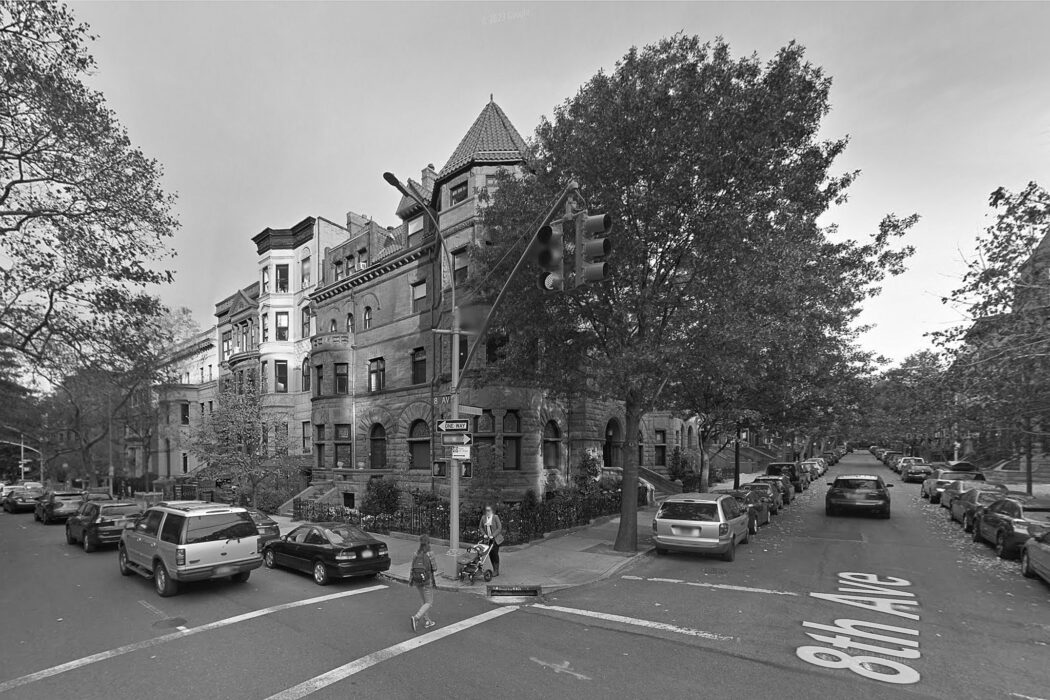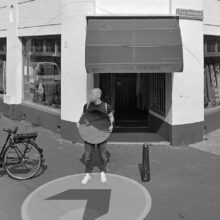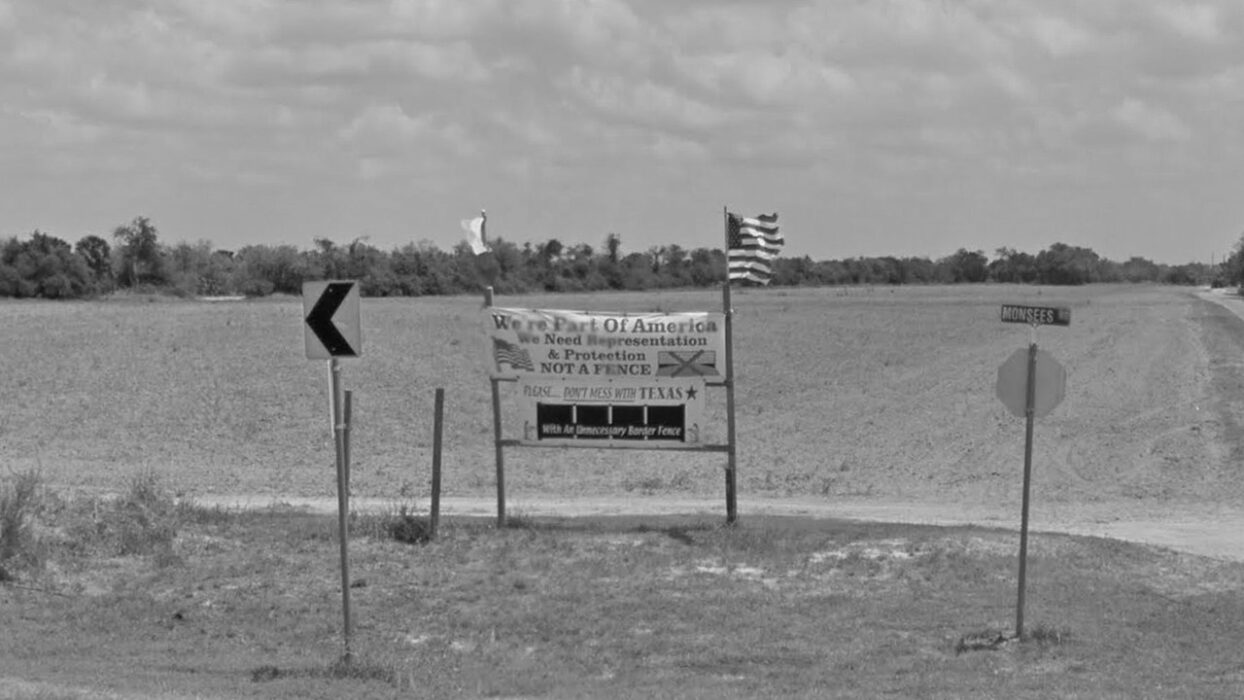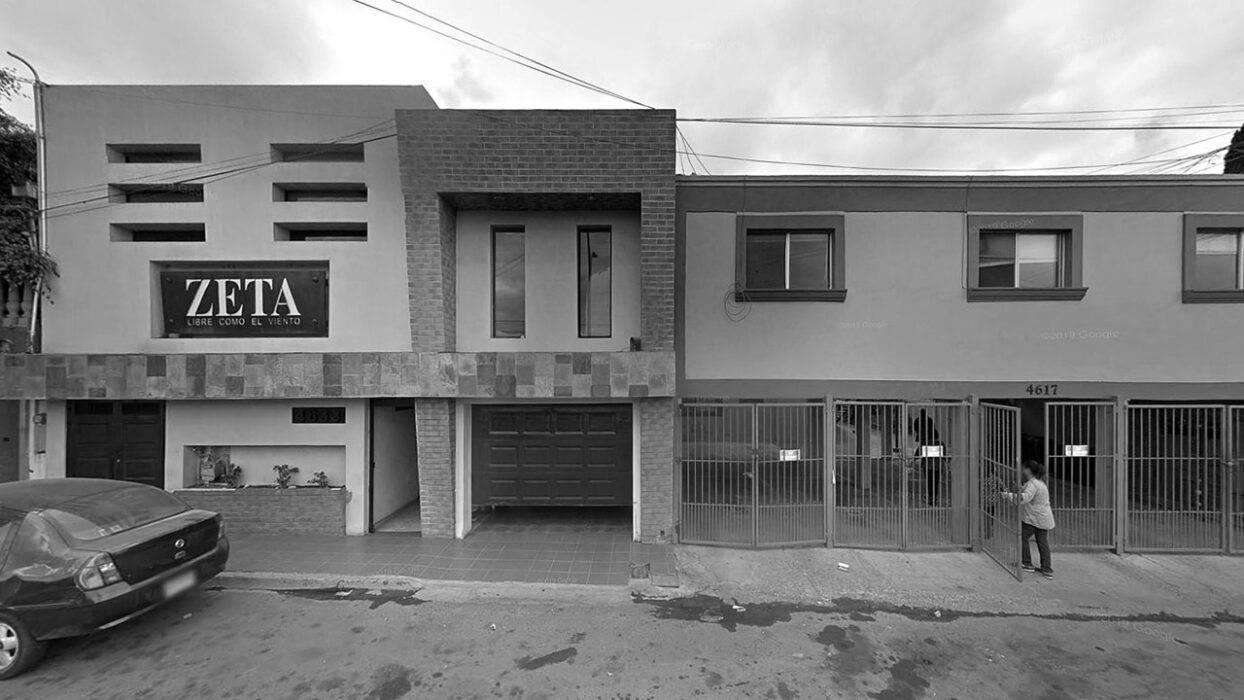“Courage is being scared to death, but saddling up anyway.” – John Wayne, American actor
In 1836, the Alamo Mission in San Antonio (Texas) was the theater of a furious and tragic battle between Texan rebels and the Mexican regular army in the context of Texas’ secession from Mexico. That battle is remembered in US history books for the heroism of two hundred men that stood barricaded for 13 days against the siege of two thousand Mexican troops led by general Antonio López de Santa Anna. Among the insurgents fought David Crockett, American folk hero, who perished for the cause. He would be interpreted by John Wayne in 1960 movie “The Alamo”. Santa Anna took no prisoners: all rebels who survived the siege were executed by the Mexican army.

David Crockett, American folk hero.
Thirty-five years later, in 1871, Thomas Adams, a part-time inventor from Staten Island, New York, obtained a patent for modern chewing-gum. He later teamed up with businessman William Wrigley, Jr. to establish the American Chicle Company, which experienced booming success in the chewing gum industry.
But what does the Alamo have in common with the patent of modern chewing gum?
Toward the end of his life, an exiled Santa Anna, who had earlier served also as President of Mexico for eleven terms, travelled to New York City. He was taken in by a ploy that led him to believe that the US government would assist him in organizing a coup against Maximilian, Emperor of Mexico. He soon discovered that he had been deceived. During his stay in New York, he became neighbor of Thomas Adams. Together, the two attempted to obtain an inexpensive rubber-like compound alternative to caoutchouc from chicle, a waxy sap from the sapodilla tree, which the old general used to chew – as did the ancient Mayans and Aztecs. After several unsuccessful attempts to vulcanize the chicle, Santa Anna gave up and returned to Mexico City, where he died in poverty in 1876. By adding flavors to the chicle, Thomas Adams eventually invented the first kind of modern chewing gum.

Thomas Adams’ patent of modern chewing gum.
And so, in a strange twist of fate, America’s archenemy Santa Anna, who may have chewed natural chicle also in those days of the Alamo siege, inspired one of the most resounding cultural appropriations: in many parts of the world, chewing gum is a symbol associated with the United States, not Mexico, nor the Mayans, nor the Aztecs. In Europe, chewing gum would land during the liberation from Nazi-fascism in World War II: peppermint chewing gums were included in the rations of American soldiers.
“An Old Beauty Secret
What most excited the astonished Spaniards who first set foot in Mexico was not the glittering gorgeousness of Aztec civilization as much as the Aztec women’s seeming possession of the secret of perpetual youth.
It was observed that Aztec women rarely lost their teeth and their lips stayed marvels of youthful loveliness even into old age. Could this signify that a woman is only as young as her lips? But how keep lips young?
The Aztec’s Beauty Secret was chewing Sapota gum (the same as in Wrigley’s). Chew Wrigley’s regularly each day – keeps lips young by toning up muscles and preventing saggy wrinkles. Try Double Mint – it’s peppermint flavored.
Clears the throat for the next smoke.”
— Wrigley’s advertisement from 1930

Brooklyn, New York (November 2016). Chiclet Mansion built in 1890 for Thomas Adams.
 Nicola Moscelli (Taranto, 1980) is a photographer and documentarist based in the Netherlands and Italy. Using his own photographs as well as archival material, he creates visual narratives focused on the environment from an anthropological perspective, with the aim of analyzing its identity, historical and cultural legacies. His works have been published on platforms such as Urbanautica, Der Greif (Guest-Room curated by Christof Wiesner & Aurélien Valette), Fotograf Magazine, Discorsi Fotografici, and C41 Magazine. ‘Dead End’ is his first long-term visual project, soon to be published as a book by Penisola Edizioni.
Nicola Moscelli (Taranto, 1980) is a photographer and documentarist based in the Netherlands and Italy. Using his own photographs as well as archival material, he creates visual narratives focused on the environment from an anthropological perspective, with the aim of analyzing its identity, historical and cultural legacies. His works have been published on platforms such as Urbanautica, Der Greif (Guest-Room curated by Christof Wiesner & Aurélien Valette), Fotograf Magazine, Discorsi Fotografici, and C41 Magazine. ‘Dead End’ is his first long-term visual project, soon to be published as a book by Penisola Edizioni.



